When life gets busy and you’re more focused on where you’re going than how you’re getting there, the air pressure in your tires can be easy to overlook. But when it comes to tire maintenance, proper inflation is one of the easiest ways to maximize your safety, performance and tire life. So if it’s been a while since you’ve checked yours, come in and let one of our experts do it for free.
Is your TPMS Light on, or do your tires feel deflated?
Come in for a Free Tire Air Pressure Check today.
Schedule an Appointment
While our tire technicians are happy to check your tire pressure for you any time, it’s also something you can do yourself. To prevent over- or under-inflation and the possible tire failure that comes with them, follow these steps:
 Then, using your tire gauge, recheck the pressure.
Then, using your tire gauge, recheck the pressure.NOTE: Air pressure in a tire goes up (in warm weather) or down (in cold weather) 1–2 pounds for every 10 degrees of ambient air temperature change.
The optimum air pressure for each tire on your vehicle is determined by the engineers who assisted in the design and production of your car. Proper tire pressure and inflation aid in optimizing the tire's and vehicle's driving performance, grip on the road while driving, and overall ride quality. Maintaining your vehicle’s tire pressure to the recommended pressure is critical to your vehicle’s ability to stop, start, and turn corners.
Maintaining your vehicle’s tire pressure to the recommended pressure is critical to your vehicle’s ability to stop, start, and turn corners.
There are a few different places listed below to find your recommended proper tire pressure around your vehicle.
Stop by a Just Tires location near you today and we’ll check the tire air pressure on your vehicle free of charge.
LEARN MORE
Tire Size
Learn MoreTire Maintenance
Learn MoreTread Depth
Learn MoreYour car's tires play many valuable roles in the safety and function of your vehicle — from helping you navigate twists, turns, and stops like a pro to carrying the full weight of your car. That's why it's important to pay special attention to these essential components.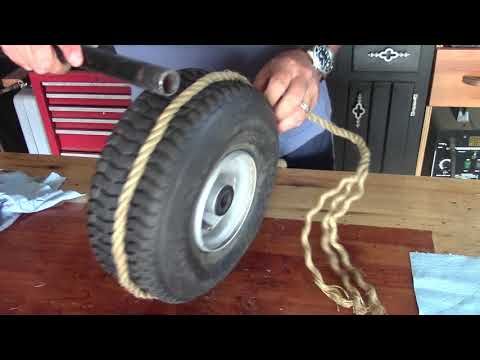
Fortunately, maintaining the proper tire pressure on your vehicle is one of the easiest yet most effective ways to care for your car tires. Learn how to check air pressure and inflate your tires with this helpful guide.
Underinflated tires can not only reduce fuel efficiency, but it can also run the risk of getting into an accident, losing proper steering control, damaging various components of your vehicle, and more. If you notice that your tire's air pressure levels have dropped, it's best to prioritize inflating them as soon as possible.
Checking your vehicle's tire pressure is a relatively simple task. You'll want to start by purchasing a tire gauge. These vary in price depending on the type you choose (i.e., digital, basic, etc.) but can usually be found for well under $40. It's also essential to keep a tire gauge on hand, as some gas station air hose gauges are not always accurate. Many modern cars and trucks also display the tire pressure for each tire on the dashboard.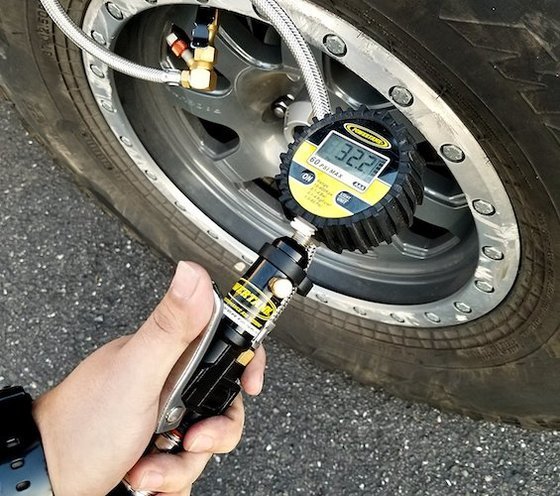 Once you have your tire gauge in hand, it's time to determine the proper pressure for your vehicle.
Once you have your tire gauge in hand, it's time to determine the proper pressure for your vehicle.
Find the correct inflation level. To do this, you can either look for the recommended pressure on the sticker within your driver's-side door jamb or consult your car owner’s manual. This is the tire pressure specification when the tires are cold, meaning not driven for a few hours.
Remove the valve stem cap from your tire. Some cars and trucks have green valve stem caps with an “N” on them - this means the tire is filled with nitrogen instead of air (air is mostly nitrogen). If your tires have these green valve stem caps, you can find some special stations that dispense nitrogen, but be aware that you can use normal air as well. The inflation pressure specifications are the same regardless if the tire is filled with air versus nitrogen.
Connect your air pressure gauge to the tire’s valve stem until you receive a reading.
If the pressure level number seems unrealistic, remove the gauge and try again. This time, ensure that the indicator is connected firmly to the valve stem.
This time, ensure that the indicator is connected firmly to the valve stem.
It's not always possible to tell if a tire is underinflated by giving it a quick once over. So, check your PSI levels with a gauge each month and after extreme temperature changes. You'll also want to check your pressure levels when your tires have had time to cool down since air expands within your tires while driving.
Filling your tires with air at a gas station is relatively simple. Bring your tire gauge and some spare change since some are coin-operated and are not always accurate in their pressure readings. Try to make this the first stop if you are running errands so that your tires are still relatively cool from sitting for a few hours. Then, follow these steps:
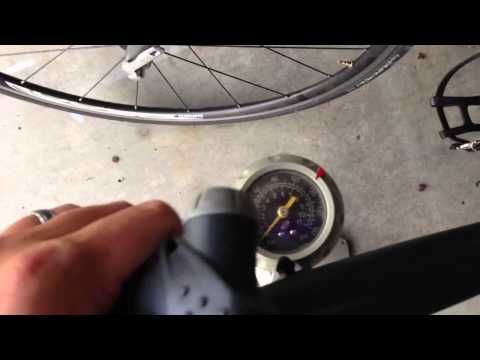
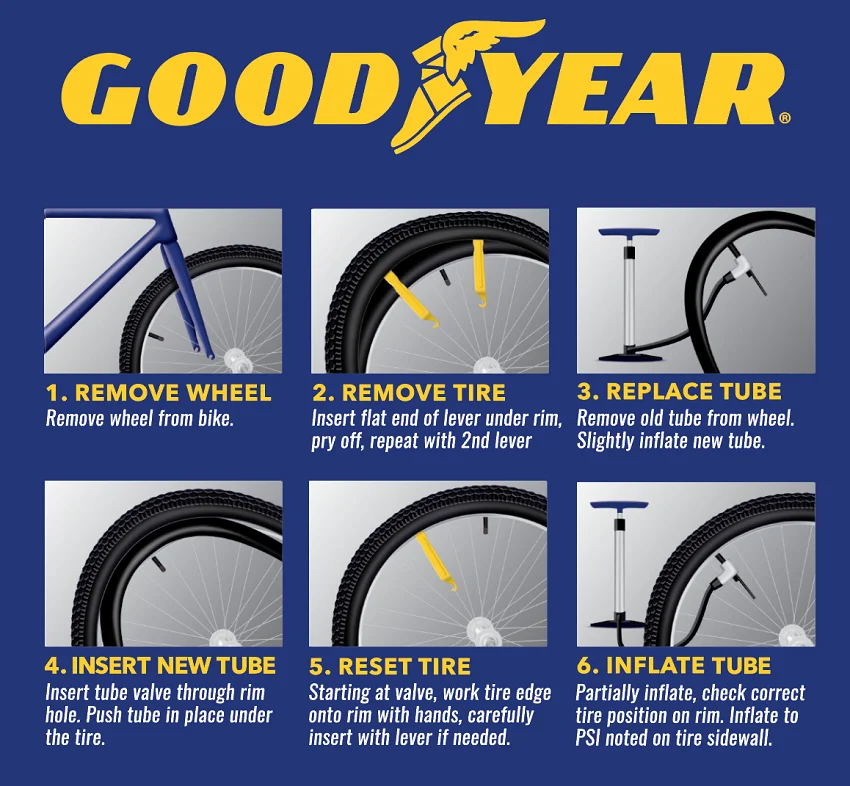 If not, confirm that the air hose and your tire’s valve stem are both securely connected.
If not, confirm that the air hose and your tire’s valve stem are both securely connected.Can't find an air filling station near you or just want some help? Head to your local Firestone Complete Auto Care. We'll give you a free tire inspection and refill your tires free of charge. And if you need new tires, we've got you covered there too!
Car tire is responsible for driving safety and comfort. It needs to be kept in working order. This is a prerequisite for long and safe operation. Not all drivers know how to pump up a wheel, we will analyze the nuances of this work in more detail.
Tire pressure is an important parameter, it is he who is responsible for the main technical characteristics of the wheel. The car manufacturer calculates this parameter in advance and indicates it in the recommendations.
The car manufacturer calculates this parameter in advance and indicates it in the recommendations.
If a tire is underinflated, this will lead to increased fuel consumption in the first place. This is due to a decrease in the rolling coefficient. Uneven grip with the road surface also occurs, leading to a decrease in traffic safety, this is felt in the form of more difficult driving. Tire wear increases, with a strong drop in pressure, the rim of the disc can cut the sidewall.
It is also not worth pumping tires. The tire will wear unevenly, the middle part of the tread will suffer. Increased pressure can provoke an explosion and complete destruction of the tire on the road. In addition, the stiffness of the wheel will increase, and the braking efficiency will decrease.
Pressure checks must be carried out at least once a month. If there are sudden changes in temperature outside, it is necessary to check the parameter every two weeks. Be sure to check the pressure before every long trip.
Be sure to check the pressure before every long trip.
Visually inspect tires in the morning. If there are doubts about the quality of the pump, it is worth checking the pressure, if necessary, pump up the tire. Checking and pumping should be carried out on all wheels, different tire pressures can lead to loss of vehicle controllability.
Be sure to check the condition of the spare wheel.
Tire pressure is determined by the car manufacturer, he finds out through tests to what extent the rubber can be inflated. The data must be indicated in the documents for the vehicle.
For greater simplicity, additionally indicate the parameters on the plate. It can be found on the A-pillar of the car or on the inside of the gas filler flap. In rare cases, a plate with the main technical parameters may be on the door. It remains to find a plate on your car and see to what pressure to pump tires.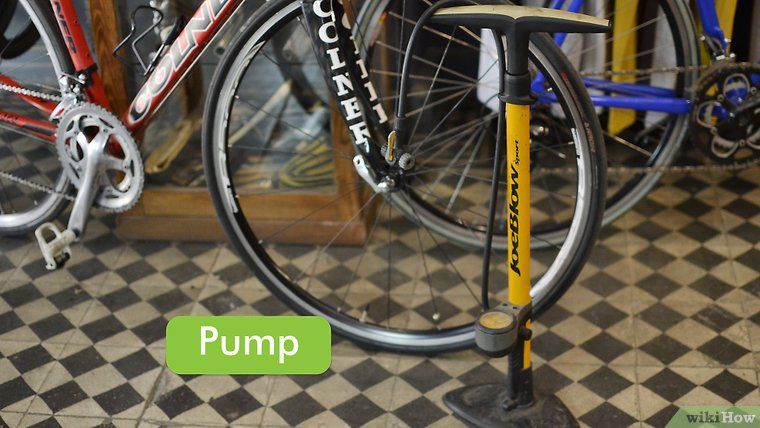
There are certain pumping rules. They include not only data on how much air to pump into the tire, but also when to do it. The main requirement is to inflate the tire only after a long parking. The tire heats up while driving. According to physical laws, temperature directly affects gas pressure. Accordingly, immediately after the stop, the indicator will not be accurate.
It is necessary to wait until the temperature of the air in the tire is equal to the outside. It takes 3-4 hours for this. After waiting so long, you can accurately measure the pressure. It is most convenient to do pressure measurement and pumping in the morning, after overnight parking.
Inflating a car tire is not difficult, but a beginner may have a few questions. We will analyze the stages of the process, in the end you will know how to properly pump up the wheel. To work, you will need a pump, you can use a foot or compressor. Now there are compressors that run on the cigarette lighter. If the pump does not have a pressure gauge, this device will also be needed.
Now there are compressors that run on the cigarette lighter. If the pump does not have a pressure gauge, this device will also be needed.
Let's walk through how to inflate a tubeless tire step by step.
 It shows the pressure in the tire, if it is not enough, turn on the compressor. We are waiting for the pressure gauge to show a normal parameter.
It shows the pressure in the tire, if it is not enough, turn on the compressor. We are waiting for the pressure gauge to show a normal parameter.
Further, all the described procedures are repeated on the remaining wheels, including the spare. Now the car is ready to drive.
If the pump is foot operated, all steps are the same, except for the power connection. The air supply is carried out by setting the pump piston in motion, this is done by foot.
Inflating a car tire is a simple job. This can be done by every car owner, even with no experience at all. The main thing is to know the basic rules, they are simple, it will not be difficult to fulfill them. But save time on a trip to a car service.
This question, of course, is relevant only for beginners, both in driving and in the automotive business in general. An experienced driver in response to the question “How to pump up a tire” will grin and answer:
An experienced driver in response to the question “How to pump up a tire” will grin and answer:
- How, how. Take it and pump it up.
Since this question does not represent any difficulty or mystery for an experienced driver.
So the car has wheels. Wheels have tires. These tires need to be inflated from time to time. To do this, you need to know what the optimal pressure should be in the tires. Keep in mind that the front tire pressure may be slightly different from the rear tire pressure. However, an indicator of the proper level of tire pressure is available in the passport. Get into the habit of at least visually inspecting the wheels before each exit from the parking lot or garage - have they been let down? And if it even seemed to you that one wheel was “squeezed” more than the others, do not be too lazy to check its air pressure level. This means that you must have a pressure gauge in the glove compartment. And if the pressure is less than it should be, the wheel should be pumped up. Experienced drivers - and you probably noticed this - kick before leaving
Experienced drivers - and you probably noticed this - kick before leaving
wheels. And by impact they can determine whether it is worth pumping up the wheel or not. As for you, if you took the pressure gauge in your hands, check, just in case, the pressure in all wheels. Reduced pressure in tires while driving will create uneven adhesion to the road surface and contribute to tread wear. Uneven distribution of the load, which necessarily happens with a difference in tire pressure, will lead to a violation of the stability of the car while driving. You will feel it by the fact that the steering wheel will begin to “lead”. In this case, you should stop and pump up the wheel. In addition, insufficiently inflated tires lead to the fact that the engine begins to "eat" gasoline. Do you need it? Therefore, you should get into another habit: to carry a compressor or at least a pump in the trunk of your car along with another tool. In particular, to replace the wheel in the event of a tire puncture. Because today's habit of not having any tool in the trunk at all is a bad habit.
Because today's habit of not having any tool in the trunk at all is a bad habit.
It is better to pump the wheels with a compressor. They appeared in wide sale at the very beginning of the 90s of the last century, but failed after two or three pumpings. Now the quality of compressors has improved somewhat. In fact, each compressor has a built-in pressure gauge, so you can safely control the level of pressure in the wheel. What steps do you need to take to pump up the wheel with a compressor? Unscrew the cap from the tire valve. Put the nozzle of the compressor hose on the valve and see what the pressure is in the tire. If it is below the norm - and you learned it by heart - then you should definitely pump it up. Next, you connect the compressor to the cigarette lighter socket (after removing the cigarette lighter itself) and turn on the compressor. After the pressure gauge has shown the norm, you turn off the compressor and disconnect the hose from the tire valve. Experienced drivers then spit on their fingers and smear the surface of the valve with saliva.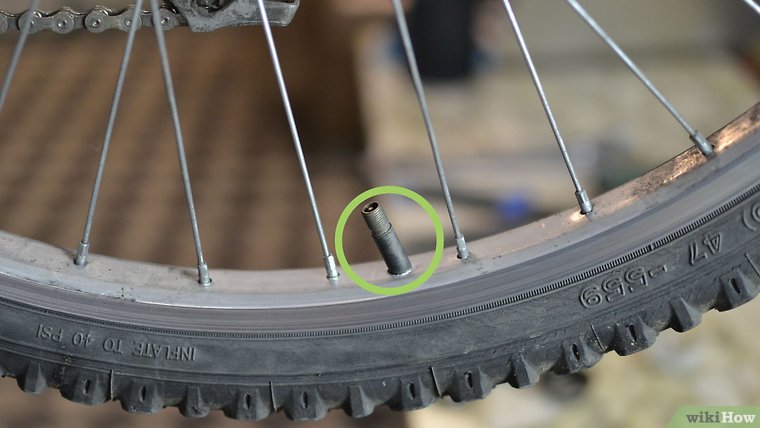 If the saliva begins to bubble, then the nipple is bleeding air. In order to stop this process, you take the valve cap and its reverse side, which has a pin with a groove, twist the nipple. When the bubbling of saliva stops - which means that the bleeding of air has stopped - you screw the cap on the tire valve and you can continue to move. Watch out, don't pump the wheel. Otherwise, when driving, the load on the central part of the tread will be increased, which will lead to its wear, and safety will also be reduced due to insufficient grip of the wheels with the road surface. To prevent this from happening, bleed excess air from the wheel by pressing the nipple pin with your fingernail. You can pump up the wheel the old fashioned way - with a hand (pumping) or foot pump, using your own physical effort. The technological process will be the same, except for the use of the cigarette lighter. Current pumps also have built-in pressure gauges, and if not, remove the pressure gauge from the glove compartment.
If the saliva begins to bubble, then the nipple is bleeding air. In order to stop this process, you take the valve cap and its reverse side, which has a pin with a groove, twist the nipple. When the bubbling of saliva stops - which means that the bleeding of air has stopped - you screw the cap on the tire valve and you can continue to move. Watch out, don't pump the wheel. Otherwise, when driving, the load on the central part of the tread will be increased, which will lead to its wear, and safety will also be reduced due to insufficient grip of the wheels with the road surface. To prevent this from happening, bleed excess air from the wheel by pressing the nipple pin with your fingernail. You can pump up the wheel the old fashioned way - with a hand (pumping) or foot pump, using your own physical effort. The technological process will be the same, except for the use of the cigarette lighter. Current pumps also have built-in pressure gauges, and if not, remove the pressure gauge from the glove compartment.